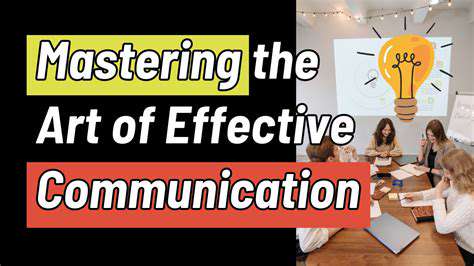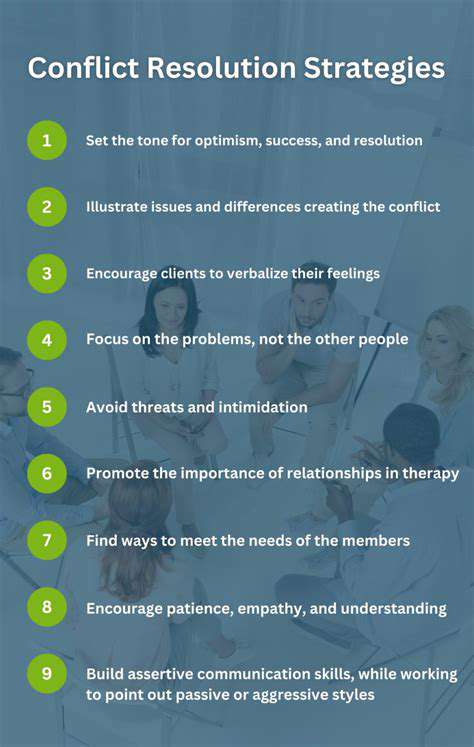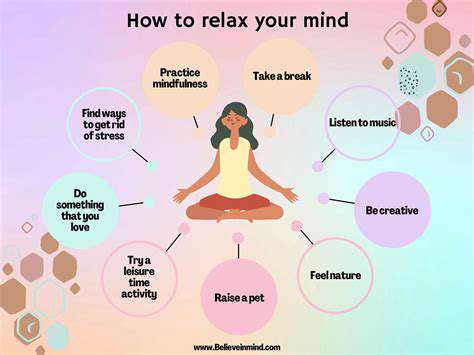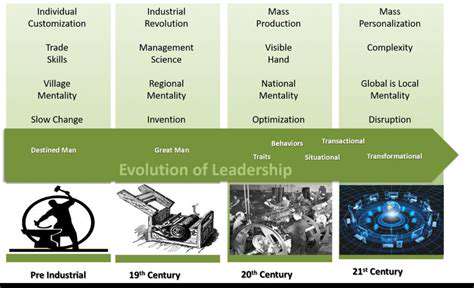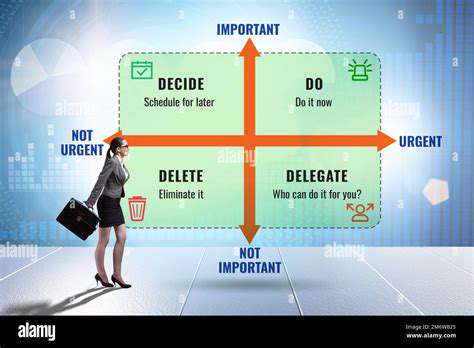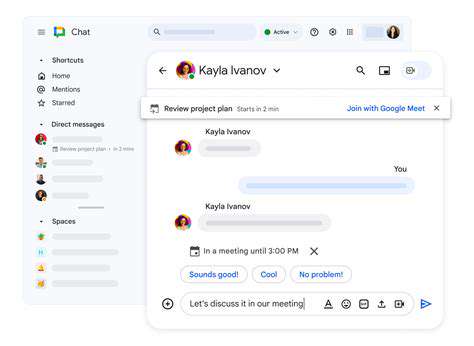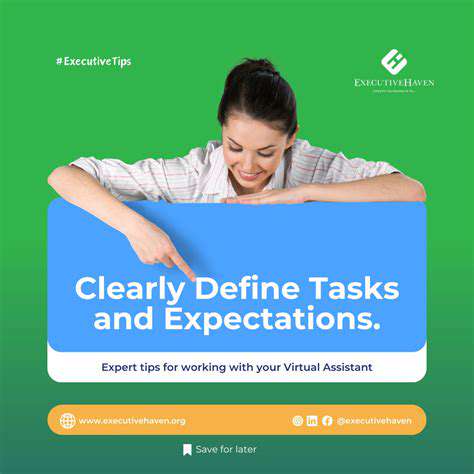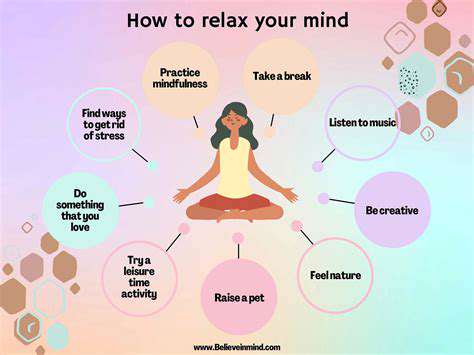Guide to Understanding Learning Styles
- Create detailed mind maps to organize thoughts
- Prefer color-coded notes over plain text
- Remember information better when associated with images
Auditory Learners
Some people process information most effectively through sound. These auditory learners typically:
- Excel in lecture-based environments
- Benefit from reading aloud or discussing concepts
- Find musical mnemonics helpful for memorization
The rhythm and tone of spoken explanations often helps auditory learners make connections that written words might miss. Recording study sessions or using text-to-speech software can be valuable tools for these individuals.
Kinesthetic Learners
Hands-on learners thrive when they can physically engage with material. Characteristics include:
- Preference for labs, workshops, and simulations
- Taking frequent movement breaks during study sessions
- Using physical objects to represent abstract concepts
The Role of Cognitive Styles
Beyond sensory preferences, deeper cognitive patterns influence learning. Some people naturally:
- Analyze details before seeing the big picture
- Prefer structured, sequential approaches
- Thrive on open-ended exploration
Limitations of Learning Style Theory
While the learning styles concept remains popular, several concerns deserve attention:
- Most people use multiple learning modes effectively
- Preferred style doesn't always equal most effective style
- Overemphasis on styles may limit growth opportunities
Beyond Learning Styles: A Holistic Approach
Modern education increasingly emphasizes:
- Multimodal instruction combining visual, auditory and kinesthetic elements
- Developing metacognitive awareness of what works best in different contexts
- Building flexibility to adapt to various learning situations
Identifying Your Predominant Learning Style: A Quick Overview
Understanding the Concept of Learning Styles
While no single learning style perfectly describes anyone, recognizing your tendencies can help you:
- Choose study methods that initially feel comfortable
- Identify areas needing development
- Communicate your needs to instructors
The key is using this awareness as a starting point rather than a limitation. Many find their preferences change based on subject matter, context, or even time of day.
Visual Learners: Processing Information Through Sight
If you're visually inclined, try these enhancement strategies:
- Convert notes into infographics using free online tools
- Use spatial arrangements to show relationships between ideas
- Watch documentary versions of required readings
Visual learning goes beyond just seeing - it's about creating mental models. Developing strong visualization skills can benefit many areas of life beyond academics.
Auditory Learners: Learning Through Sound
Auditory learners can amplify their natural strengths by:
- Forming study groups for discussion
- Creating rhymes or songs for memorization
- Using speech-to-text for writing assignments
In our visually-dominated world, auditory learners sometimes need to advocate for accommodations. Simply hearing information aloud can dramatically improve comprehension for these individuals.
Kinesthetic Learners: Learning Through Hands-On Experience
Kinesthetic learners thrive when they:
- Incorporate movement into study sessions (walking while reviewing flashcards)
- Build physical models of abstract concepts
- Take frequent active breaks during long study periods
Traditional education often underserves kinesthetic learners. Finding ways to physically engage with material can transform frustrating subjects into manageable ones.
Beyond the Basics: Considering Other Factors
Learning Environment and Resources
Optimal learning depends on more than just individual preferences. Effective learning spaces consider:
- Lighting that reduces eye strain
- Minimal distractions for focused work
- Access to necessary materials and technology
Small environmental adjustments can yield significant improvements in concentration and retention. Sometimes the best learning style intervention is simply creating the right physical conditions.
Cognitive Factors and Learning Styles
Underlying cognitive abilities interact with learning preferences:
- Working memory capacity affects how much information you can hold at once
- Processing speed influences note-taking strategies
- Verbal vs. spatial strengths guide subject matter preferences
Understanding these deeper factors can help you develop more sophisticated learning strategies beyond basic style categories.
Motivation and Mindset
Learning effectiveness depends heavily on:
- Intrinsic interest in the subject matter
- Belief in one's ability to improve
- Connection between material and personal goals
Even the perfect style match fails without adequate motivation. Cultivating curiosity and purpose often matters more than presentation format.
Emotional Intelligence and Learning
Learning isn't purely cognitive. Emotional factors like:
- Anxiety management
- Frustration tolerance
- Ability to seek help when needed
often determine academic success more than any particular learning style. Developing these emotional skills creates a foundation for all types of learning.
Cultural and Social Factors Affecting Learning
Our backgrounds shape how we approach learning:
- Collectivist vs. individualist educational traditions
- Verbal vs. nonverbal communication norms
- Attitudes toward questioning authority
Recognizing these influences helps create more inclusive learning environments that honor diverse approaches to knowledge acquisition.
The Role of Technology and Personalized Learning
Modern tools allow unprecedented customization:
- Adaptive software that adjusts to user responses
- Multimedia explanations of difficult concepts
- Global connections with diverse perspectives
Used thoughtfully, technology can help transcend traditional learning style limitations by providing multiple pathways to understanding.
